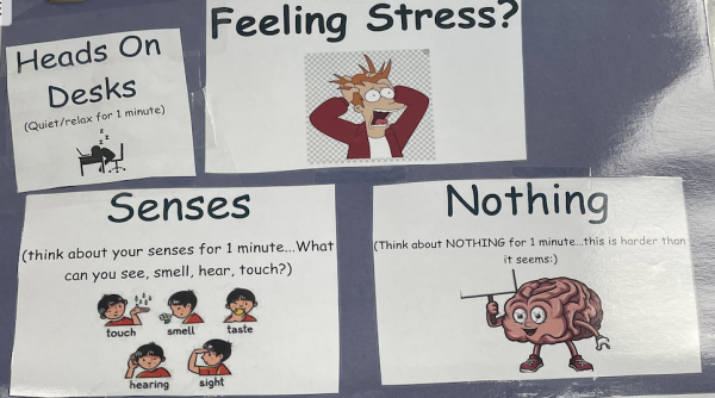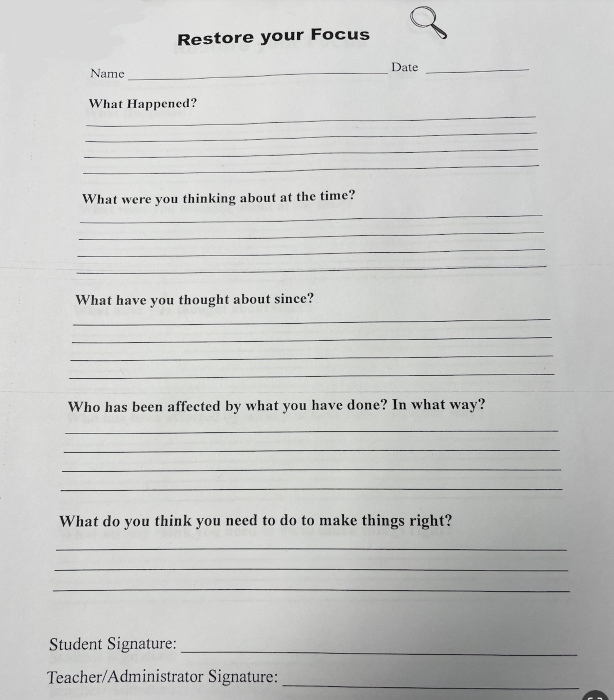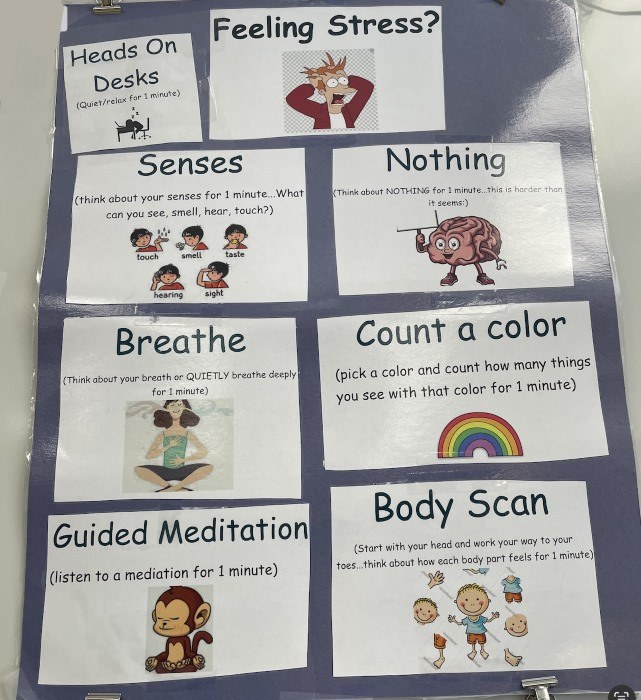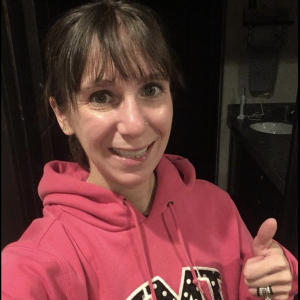New Designs for School
How I Tackle SEL
Topics

We’ve all had the experience of truly purposeful, authentic learning and know how valuable it is. Educators are taking the best of what we know about learning, student support, effective instruction, and interpersonal skill-building to completely reimagine schools so that students experience that kind of purposeful learning all day, every day.
These four routines can help middle schoolers develop the social-emotional skills to manage emotions and navigate social situations, in the classroom and in their everyday lives.
What Even Is SEL?!
SEL stands for social-emotional learning. In education, this means tackling social skills and emotional well-being within the classroom. Educators not only need to teach learners the standards, for example how to read, write, solve math problems, and understand science/history topics, but also how to manage emotions and navigate social situations. The goal is that learners will then transfer these skills beyond the classroom into their everyday lives if situations arise. Educators are giving learners a toolbox of strategies they can pull from when it is needed.
Why Do I Feel Strongly about SEL?
I am passionate about this topic since I believe that learners cannot learn if they do not feel okay on the inside. If a learner is struggling with friends, does not feel comfortable in the classroom, has an issue outside of the classroom, is having a rough day, or anything else, that learner won’t be able to focus on any content or standards. While I have only had experience with middle school ages, learners in all grades are going through changes both in their lives and within their bodies and they need support.
What Are Some Ways I Tackle SEL?
If a learner is in a situation of extreme emotional distress, they always have the option to go to the counseling office at my school to talk, sit and have alone time, or get any other support they need. However, I also have routines in place that my learners practice daily in order to work on the SEL skills which I hope to keep adding onto: identifying/sharing feelings, rule-breaking-digging deeper forms, meditating, and coloring.
1. Feelings
As learners enter my room every class, the first thing they see is the feelings board (see picture below). On it is a sun, a sun with a cloud, and a rain cloud. If they want, they write their name under the image that depicts how they are feeling that day. Then, when class begins, I ask for volunteers to share what weather they are and why. I find that learners are very honest and this exercise does give me insight into their worlds outside of the four walls I normally see them in. Also, I can glance at the board and get a general idea of how the class in total is feeling. This can help me understand more of how the period and lesson will go, since how they feel will directly affect their motivation, focus, and other aspects important to learning.

2. Diving into a Broken Rule
There are times—shocking I know!—when learners will break a rule or behave not as their best selves in class. The first time in a class period this happens, I give them a quiet verbal warning. If a rule is broken again, I send them to a quiet place, usually the hall or another classroom, to fill out a form titled “Restore your Focus” (see picture below). I believe this form originated when my administrators took a professional development class on restorative practice. The form consists of questions like:
- What happened?
- What were you thinking at the time?
- What have you thought about since?
- Who has been affected by what you have done? In what way?
- What do you think you have to do in order to make things right?
These questions are designed to help me gain insight into what the learner is feeling and experiencing that led them to breaking this rule. Behavior is a type of communication, and with this form, it gives learners the opportunity to communicate through written, then verbal words. What I have found is that, again, learners are very honest about what is going on in their lives—and these are usually larger issues than disobeying a school rule. This task helps to remind me that when people and learners are not doing the right thing, usually it is due to underlying factors and not because they themselves are “bad.” Always assume good intentions!
A few years ago I went out to the hall to check on a learner who was writing on the Focus form. I sat with them and they cried about fighting with their mom right before school which put them in a terrible mood. We hugged and I told the learner that I really appreciated their opening up to me. I expressed how hard it is even for me, as an adult, to do what is expected of me after a fight with someone else. This writing exercise gave me the necessary background information I needed in order to really understand, empathize, help, and guide this learner.

3. Daily Meditation
Every day, about halfway through the eighty-minute block, we stop and meditate for one minute as a class. For some classes, especially after lunch, learners come in with a lot of energy and we start the class with a meditation in addition to a meditation break. I have a poster in my classroom (see picture below) in which learners can pick what to do (heads on desks, think about their five senses, nothing, breathe deeply, guided meditation, count a color, or body scan). During the first week of school, we practice one a day so learners know how each meditation works. Then, when it is meditation time, learners pick which of the seven they will do for one minute. Learners choose the best way they meditate to stay calm. My hope is that my learners will remember these strategies and use them anytime in their lives they are feeling stressed. Ten years from now, if their boss gives them a large and stressful task, maybe they will count a color to ground themselves.

4. Coloring Poster
Coloring and crafting have always been relaxing and mindful activities for me to do. So, when I got a random notification on social media that there was a sale on large coloring posters I had to have two—one at home and one for school! Now, this poster hangs in my sixth-grade classroom. If learners are done with an assignment or just need a little break they can walk over and color it. They can partake in this activity on their own or with friends. I find that, in addition to meditating, coloring helps calm and relax learners.

Going Forward…
I would LOVE to keep adding to this list and expanding my SEL practices. The more opportunities I give my students to develop their social-emotional learning in my classroom, the more tools they will have to navigate relationships and emotions both inside and outside of the classroom. In addition to the reading and writing I teach in ELA class, these skills are also an integral part of life.
All images courtesy of the author.




